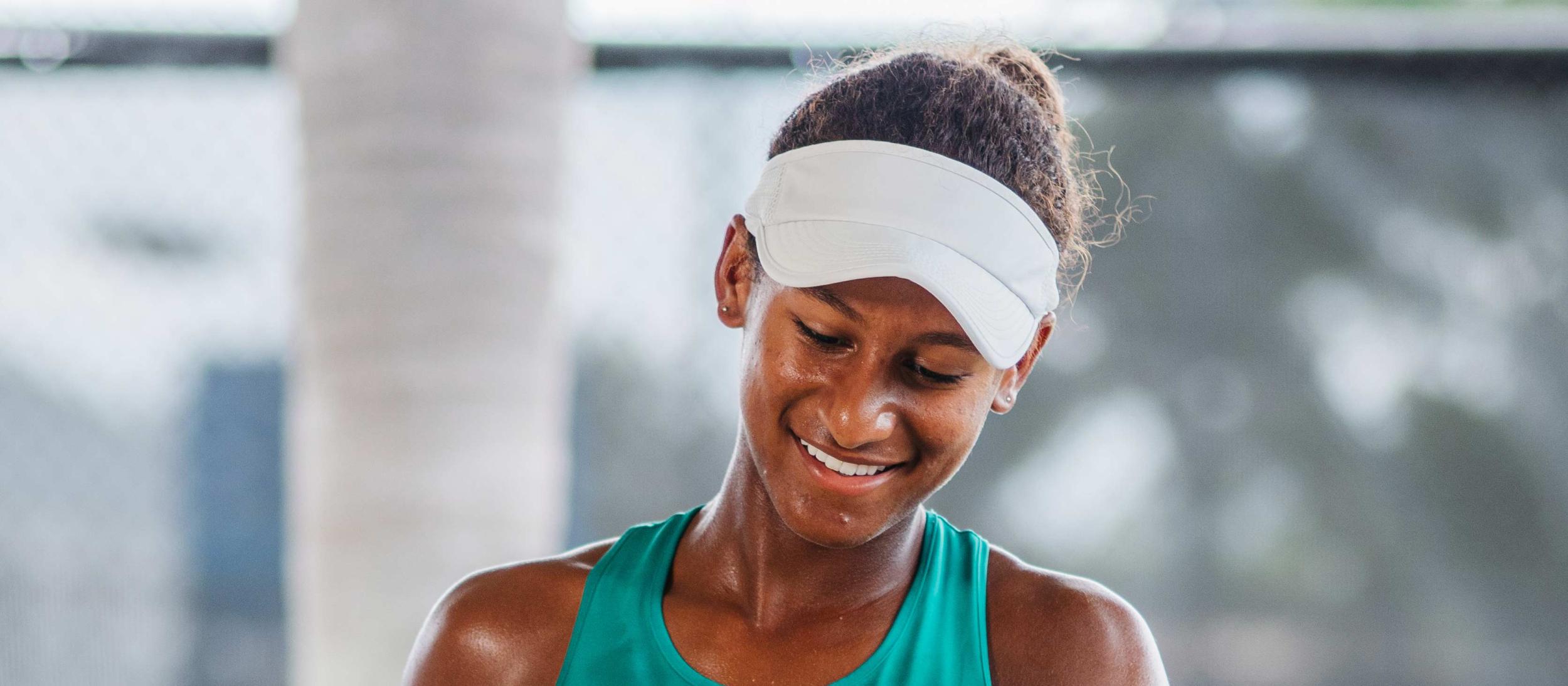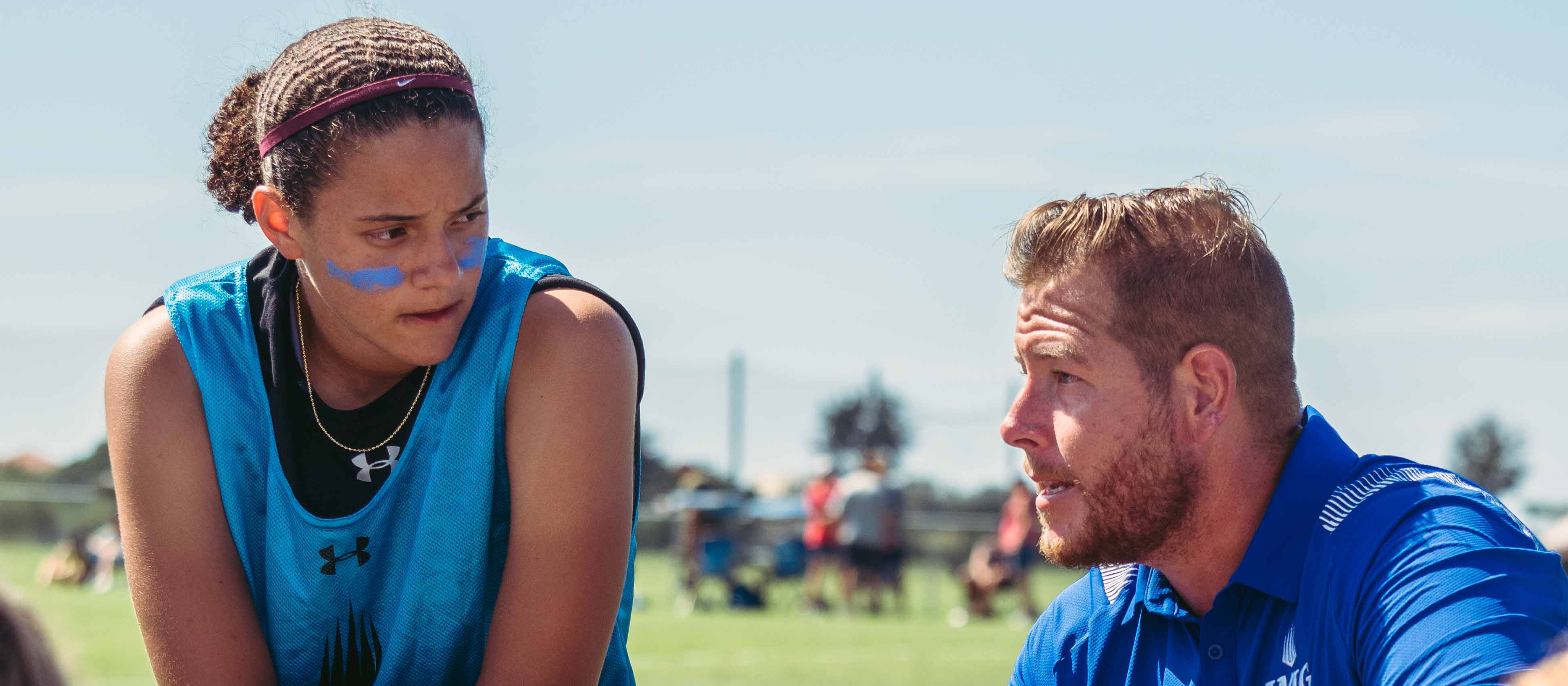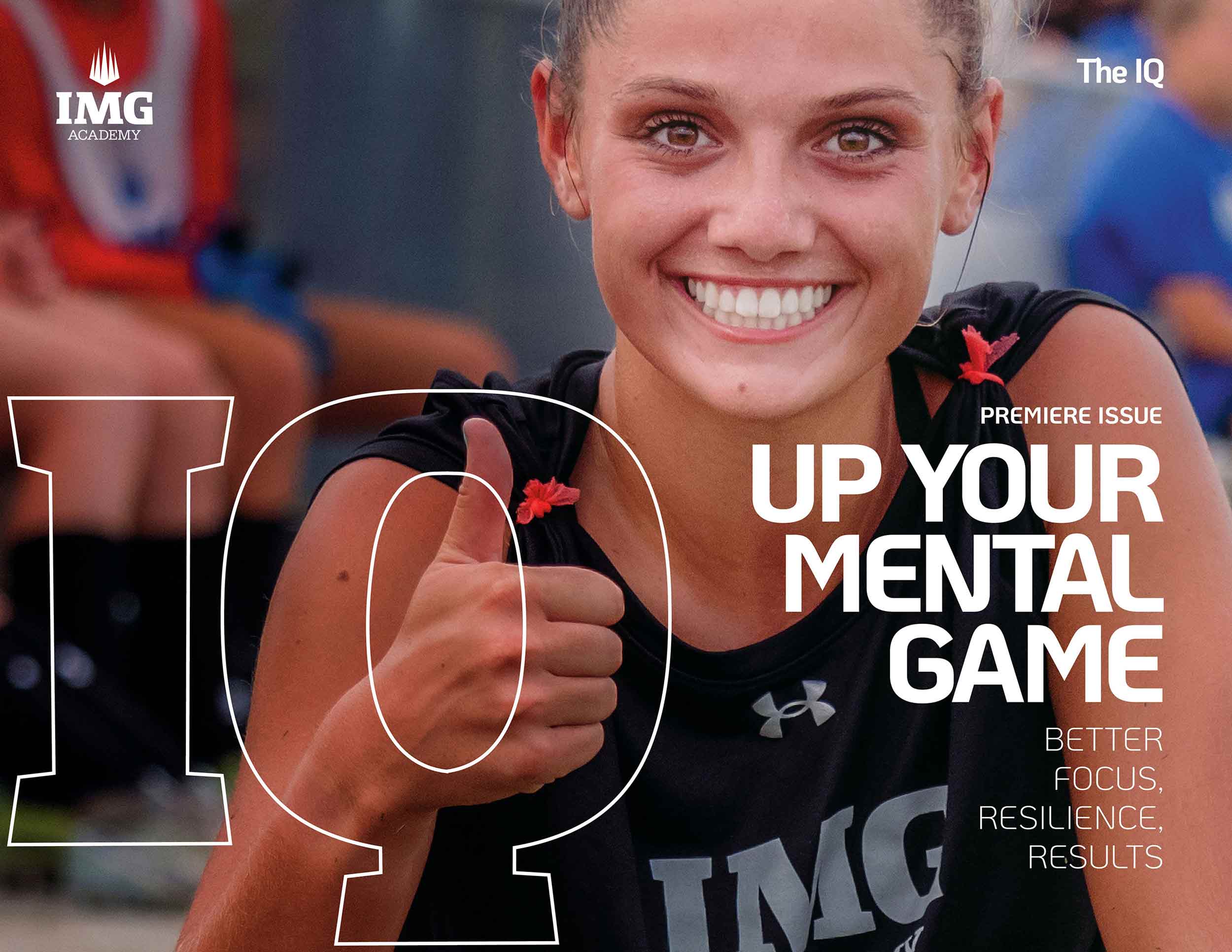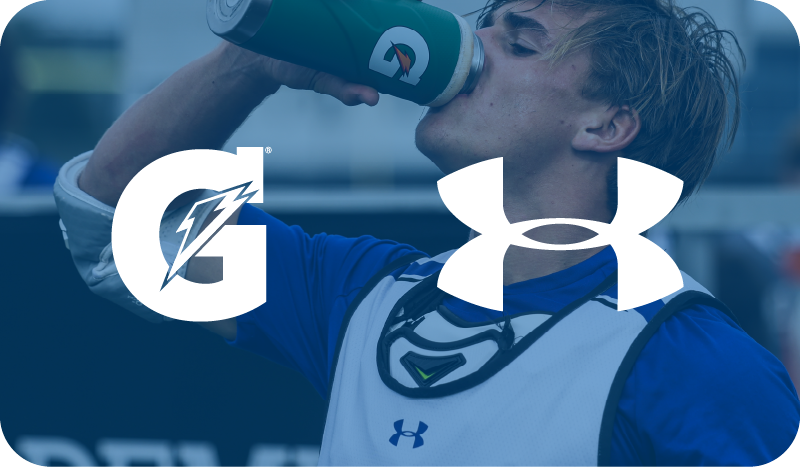For visualization to be most effective in sport, Thomas says, it should include three key elements: vividness, controllability, and self-awareness.
Visualization Element #1: Vividness
Creating a vivid image in your mind provides a base for other visualization techniques, which is why student-athletes at IMG Academy spend the most time on it, Thomas says.
“The more vivid that we can make our visualization practice, the more realistic, the more our mind will believe that it’s actually happening,” she says.
Thomas says to start by imagining yourself alone in a familiar location, which could be your bedroom or a training facility that you know well. Then, using all of your senses, identify the details of the space — what you’re seeing, hearing, touching, tasting, and smelling. After that, imagine your feelings, such as excitement and nerves.
“It comes down to creating a foundation of an image and then layering in the senses, layering in the detail, from executing a single shot, like a free throw or pitch or penalty kick, up to live play,” she says.
Visualization Element #2: Controllability
Now that you have a vivid, realistic image in your mind, you can work on being able to control it.
“We can see ourselves maintain focus for extended periods of time or at specific moments within sporting environments,” Thomas says. “The more that we practice it, the more that we can learn how to manipulate the images that You imagine yourself behind the baseline of a surprisingly hot court, slightly crouched, racket loosely gripped in hand. You wipe your brow. It’s quiet in the bleachers, except someone coughs in the distance. You draw your focus to your opponent, who is bouncing the ball repeatedly on the blue asphalt, preparing to serve.
The ball comes in fast, but you’re locked in. Reacting to the spin and pace, you swiftly shift your feet and ready your backswing like you’ve done so many times in practice. You make confident contact with the strings and lace a crosscourt shot just beyond your opponent’s reach. The crowd erupts! With your return winner, you’ve broken serve and are now in command of the match.
This may be a dream scenario, but research shows that the brain can’t distinguish between what you’ve done in your mind and what you’ve done in real life. So, visualizing yourself executing a skill could be just as effective as doing it in competition.
Here’s why creating detailed mental images of yourself being successful in sport can help you — and how you can start putting visualization into practice.
Visualization Exercises Develop Skills Without the Physical Demand
“At practice, you hit countless forehands, or you throw countless pitches. You train for that repetition, so it becomes automatic,” says Becca Thomas, a Senior Mental Performance Coach at IMG Academy. “That’s why we use visualization, because it’s just another tool that allows that skill set that you’re developing to become automatic.”
There is no replacement for actually hitting all those forehands, of course, but visualization can supplement the work, Thomas says.
“We can see that student-athletes who engage in visualization are going to have higher performance more consistently,” she says. “If you see yourself executing, say, a forehand, your brain and your body think that it’s happening based off of that connection.”
What’s more, by training a skill in your mind, you’re saving your body from extra exertion, which adds up over time. “You’re able to continue additional training outside of taking that physical load, which is really important,” she says.
We’re seeing in our mind and really have control over what we’re seeing.”
This can be a powerful tool when performing a skill that you’re learning and want to get better at. “Visualization can help improve our confidence because we can see ourselves be successful on skills that maybe we’re not as comfortable with,” Thomas says. “Can I see myself effectively completing the task? That way, I can start to believe.”
If you visualize yourself doing something you didn’t want, immediately go back and flip the script to an image where you are successful. “In those moments when we do see mistakes, that’s where we want to course-correct,” Thomas says. “We don’t want to replay the mistake in our brain. We want to imagine what we want to happen.”
Visualization Element #3: Self-Awareness
The last component of visualization is developing more awareness of your thoughts, feelings, and self-talk in your mental images.
When you’re self-aware in your imagery, you can recognize the factors that led to success. These moments could be stitched together in your mind like a highlight reel to be referenced anytime, Thomas says.
Self-awareness can also be valuable when you didn’t do as well as you wanted in real life. In those cases, you can re-create and reframe the image into something productive.
“Anytime you felt a lot of nerves, put yourself back in that moment. Maybe you had too much energy and were making mistakes because of it,” Thomas says. “So now we want to go back and see ourselves view that as energy that’s helpful. Am I able to leverage how those emotions can drive my performance?”
Thomas says there are many components to visualization, so working with student-athletes on vividness, controllability, and self-awareness helps them build a foundation of a skill that can give them an edge in competition. That’s why she regularly practices imagery with them one-on-one and during weekly group sessions.
“The more effort that you put into visualization, the more you’re going to get out of it,” she says. “You’re building that muscle to really solidify that blueprint in your mind, and it can give you a little edge over your competition.”
Ready to learn how you perform in the clutch? Take IMG Academy’s on-demand focus course.










